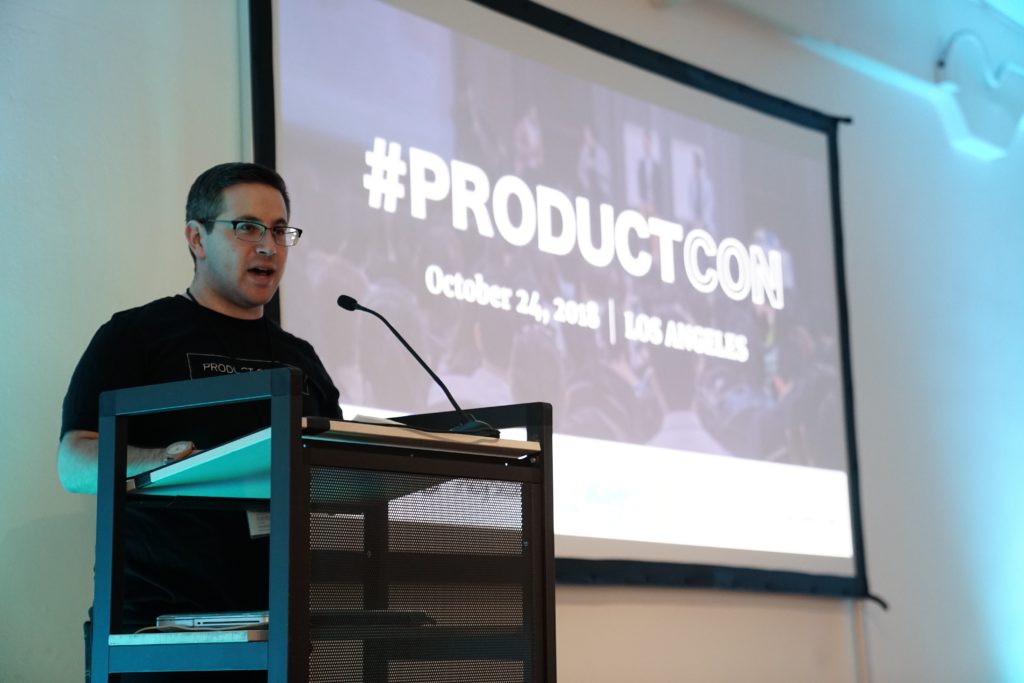
People have always told stories, and they’re an intrinsic part of our everyday lives.
Stories have many benefits, not just entertainment value. Organizations should look upon storytelling as a crucial skill which can boost operations considerably. Good storytelling can build a relationship with the customer, improve training, and enhance the brand.
In fact, there’s no reason not to implement it into your business strategy. The only thing you have to ensure is that you do it right. And corporate storytelling is a skill with a number of techniques to learn to make sure your anecdote hits all the right chords. Do it wrong, and you alienate your audience. Do it right, and you have a massively powerful skill that teaches, persuades, and builds strong ties to your brand.
Corporate storytelling gives a compelling reason for consumers to buy from you. Without a good story, your goods, products, and ways of working will not appeal to your audience as much.
Our brains value stories over anything else. With stories, we’re able to see a correlation, learn from a moral, and remember details more easily. If a child is told, “Don’t touch the stove!”, the instruction could fall on deaf ears. However, if sit him down and tell him a story about his brother, when he was his age, touched the stove and burned his hand and it hurt a lot. This gives him a frame of reference where he’s more able to understand, remember, and realize the consequences of going against the advice.
It’s the same in business. Stories allow you to do a lot in a short space of time. You’re building a connection with your audience; you’re conveying your message in an entertaining manner, and you’re adding extra appeal to your services and products. Stories are told in business because stories work.
Even without the modern neurological research that proves storytelling is the best way to capture people’s attention, bake information into their memories, and forge close, personal bonds, humanity has always inherently known that people crave and seek out great stories almost as much as food and water. And the people (and brands) who can tell the most compelling stories are able to command the most influence within their community.
Clifford Chi, Hubspot
If you haven’t tried business storytelling yet, now’s a good time to start. You can apply stories anywhere. In blogs, in staff training, in the ‘About Us’ page of your website. You can transfer them to an array of situations, whether it’s public speaking, a pitch, or a departmental meeting. Every situation can benefit from a story told right. So what’s the secret to successful business storytelling?

So many people make the mistake that they can tell a story and the magic happens. But if you decide to tell a story, make sure it’s a good one.
Like any type of content, it requires a confidence with words, subtle use of imagery, and an engaging style. Don’t let your audience start nodding off before you’re even halfway through the story. Get them bound to their seat, hanging on to your every word.
And if you’re wondering how to do this – when you’re trying to embroider an anecdote into a rather dry overview of the second quarter’s sales figures – then here are some business storytelling tips to doing it right.
People usually steer clear of talking about their more lackluster moments in business. But the funny thing about corporate storytelling is that no one wants to hear about how you succeeded.
People switch off when you focus on how much money you’ve made, how you got the highest-rated mark in the country for your thesis at university, or how you were chosen out of 5,000 applicants for your last job. Bragging just isn’t fun to listen to. But if you need to mention why you became the youngest CEO in company history, at least proceed it with the blood, sweat, and tears it took to get you there.
People like to hear the struggle, how you got out of a tricky situation, how the odds were once stacked against you. In short, as John Bates, CEO of Executive Speaking Success & Business Coaching, says, “People don’t connect with your success, they connect with your mess.”
Hardships make for more interesting stories; there’s a “hero’s journey” aspect to it, and it also can be a great leveler. Even you, now a senior business leader, made mistakes, took too many risks, trusted the wrong people. The message is in the mess.
Also known as in media res (‘in the middle of things’), this is a technique used in storytelling as a narrative hook or to mimic the structure and recall of human memory. Wondering what it means? OK, out of these two sentences, choose which one is more interesting:
“I couldn’t find my glasses, I got into my car, I drove into a lamppost, and bumped my head – I am now late for work.”
or,
“I now have a huge bump on my head after driving into a lamppost that I didn’t see because I couldn’t find my glasses – and I am now VERY late for work.”
Most people choose the second one. Why? Because people respond better to the non-linear narrative. Landing in the middle of a story holds your audience captive (why did you have a huge bump on your head?) because they want to know the events that led up to that moment.

Stories, jokes, yarns: it’s the way you tell them. If you want to engage your audience, you need to check on your delivery. It pays to practice your stories, to make sure you’re in control of the narrative.
Similar to the non-linear narrative technique above, delivery is the design of the story. You may have noticed the driving-into-a-lamppost example is not exactly grammatically correct. The fact that there are around five clauses in one sentence wouldn’t score you many points in Grammarly, but it adds to the story.
Adding breathless, overlong sentences or conversely, punchy. short. sentences can make your story sound a lot more off-the-cuff, giving it a spontaneity and looseness that audience respond well to. But if storytelling isn’t a natural gift, don’t be scared of practicing and working on your delivery. Just make sure you sound natural and not like you’re reciting it when it comes to showtime.
Whenever you tell a story, you need to find out what the emotional trigger is. You may want your audience to feel happy, sad, scared, relieved, anxious – so work out at what point your story can trigger this.
You may have a few details in your story that people laugh out loud at. Or it could be something tangential that inspires a collective gasp. Work on these bits – these are an essential part of your story and builds an emotional connection with your audience. Getting that response and finding that connection is one of the hardest, but most rewarding, parts about corporate storytelling. Once you’ve established this, you’ve hit the jackpot.
“Good stories surprise us. They make us think and feel. They stick in our minds and help us remember ideas and concepts in a way that a PowerPoint crammed with bar graphs never can.”
Joe Lazauskas and Shane Snow, The Storytelling Edge

Your audience is intelligent, but their patience only goes so far. Roll out a story with several dead ends, multiple characters, and too much attention to detail, and you’ll be waving goodbye to your audience’s attention.
A simple story goes much further than a complicated one. As the novelist, Henry Green once said: “The more you leave out, the more you highlight what you leave in.” By keeping it simple, you put the right amount of attention on the journey and the a-ha moment, and those are the two things your audience is interested in. Nothing is lost in translation, you get greater buy-in, and everyone understands the meaning.
Master the art of storytelling and you’re on to a good thing. You only have to look at the greatest storytellers in business to realize its power. Apple’s success was based on storytelling. They weren’t selling the greatest equipment on the market, but the language they used and the way they launched their products were a masterclass in corporate storytelling. They made their products sound like instantly desirable must-have items, and by buying them, you had access to the exclusive club of Apple consumers.
The emotional triggers, the carefully crafted speech, the simplicity: it’s all up there on the expertly lit Apple stage. And every story has a unique story to tell. Find what yours is and use it to its fullest potential.